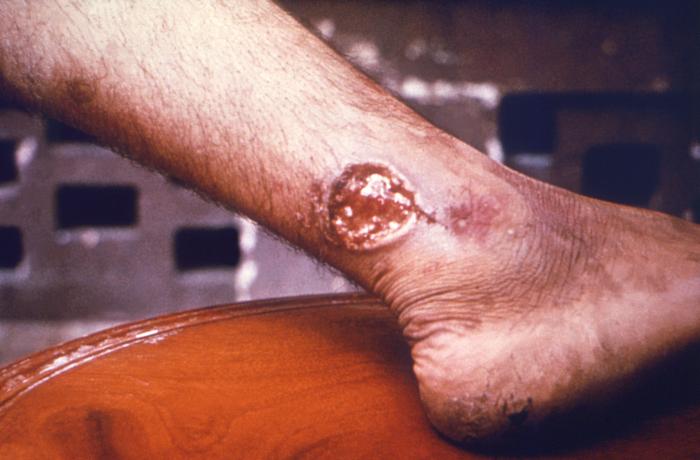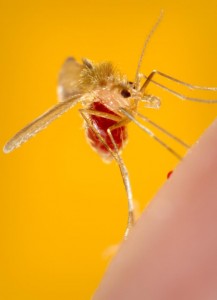Health officials in Colombia have issued an alert to an outbreak of the disfiguring parasitic infection, leishmaniasis, which has already affected 80 people, according to a La Opinion report (computer translated).

Director of the Departmental Health Institute, John Bitar said the outbreak was in Norte de Santander department in northern Colombia, bordering Venezuela.
The outbreak began in Arboledas, then moved to Chinácota, Bochalema, Tibu, Cucutilla, Toledo, Labateca, and other towns in the region. Bitar said the outbreak has occurred most often in coffee-growing areas, which are already in harvest.
“It can occur because when you pick up the Lutzomyia (phlebotomine sandfly vector) out of the coffee plantations,” he said. “The farmer is careful in coffee plantations, but not at home.”
Sixty cases were reported in 2014 and 164 last year.
Leishmaniasis is a parasitic disease spread by the bite of the female sandfly.

Image/CDC
There are different forms of leishmaniasis.
- Cutaneous leishmaniasis affects the skin and mucous membranes. Skin sores usually start at the site of the sandfly bite. In a few people, sores may develop on mucous membranes.
- Systemic, or visceral, leishmaniasis affects the entire body. This form occurs 2 – 8 months after a person is bitten by the sandfly. Most people do not remember having a skin sore. This form can lead to deadly complications. The parasites damage the immune system by decreasing the numbers of disease-fighting cells.
Cases of leishmaniasis have been reported on all continents except Australia and Antarctica.
LISTEN: Dr. Peter Hotez discusses leishmaniasis
- Colorado advises public on hantavirus exposure
- Zika in the US Virgin Islands: Additional cases reported in St. Croix, St. Thomas
- Water shortage ‘potentially catastrophic’ by 2050: Nestle worries


One thought on “Colombia: Leishmaniasis outbreak affects 80 in Norte de Santander”